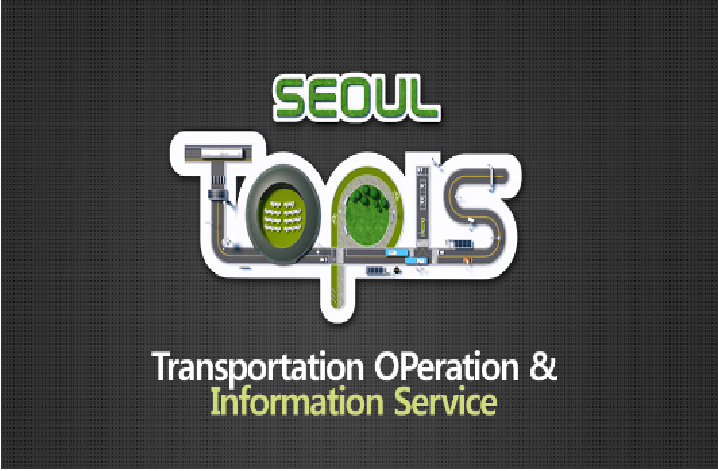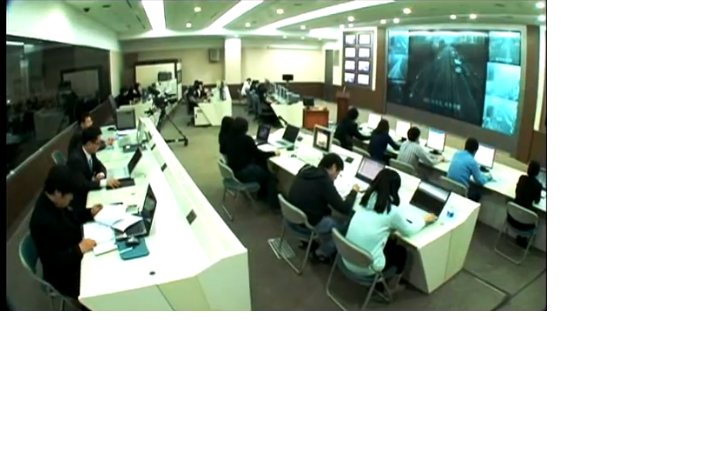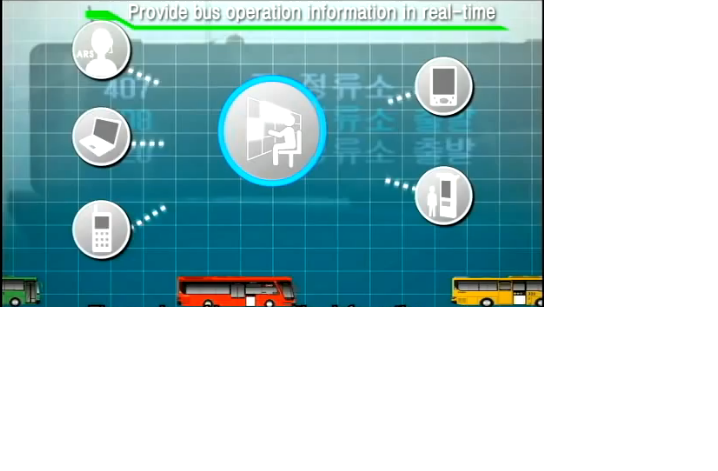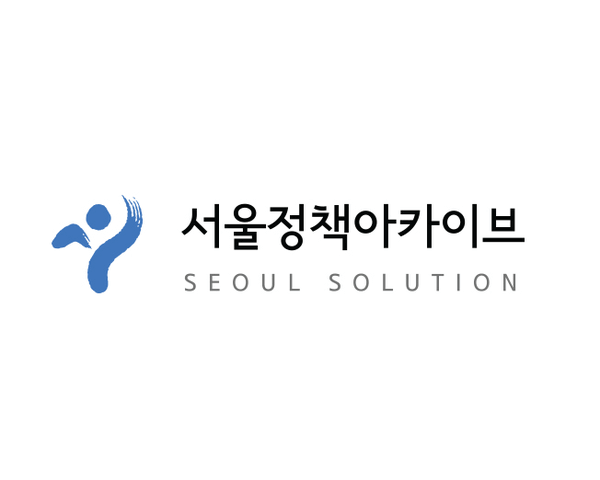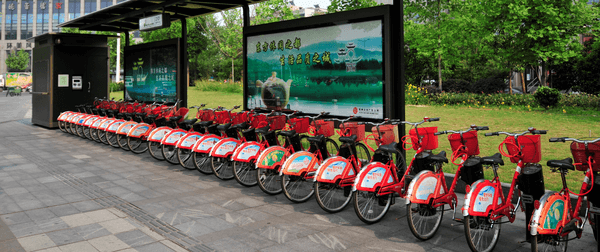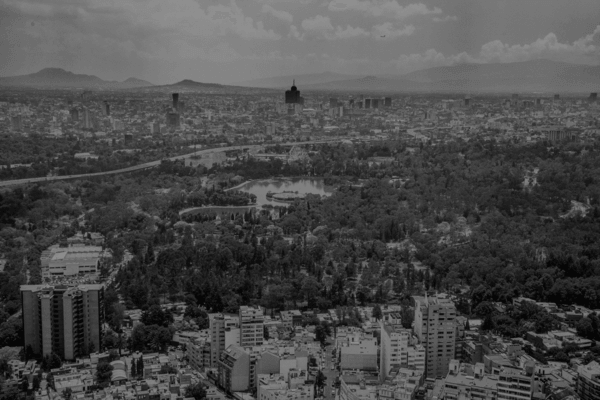City
Seoul
Main actors
City Government
Project area
Neighborhood or district
Duration
Ongoing since 2003
TOPIS gathers and processes real-time information to enable the city to efficiently manage road and subway train traffic.
“An emergency on the city's roads automatically triggers an alarm system and informs all concerned parties; police stations, bus operators and citizens. The real time on-site information obtained through surveillance cameras enables a swift response.” The Transport Operation and Information Service (TOPIS) of the Seoul Metropolitan Government, the "control tower" for Seoul City’s transportation system, gathers and processes the city’s road traffic and subway train information real-time to enable the city to efficiently manage the interval between buses, relieve congestion and take timely action in case of an accident.
The main objectives of the system are to attract more passengers to public transportation; to collect traffic information to help alleviate road congestion and respond more quickly and efficiently to unexpected situations; to analyze the accumulated information to devise scientific public transportation policies.
Seoul Metropolitan Government had to face with the strong opposition from interested parties such as bus companies and street vendors. The city responded the opposition through the active promotion toward citizens and the consultation with affected parties.
The system has allowed to grow bus users' satisfaction and to increase the use of public transportation in the city.
External links / documents
On Map
The Map will be displayed after accepting cookie policy
